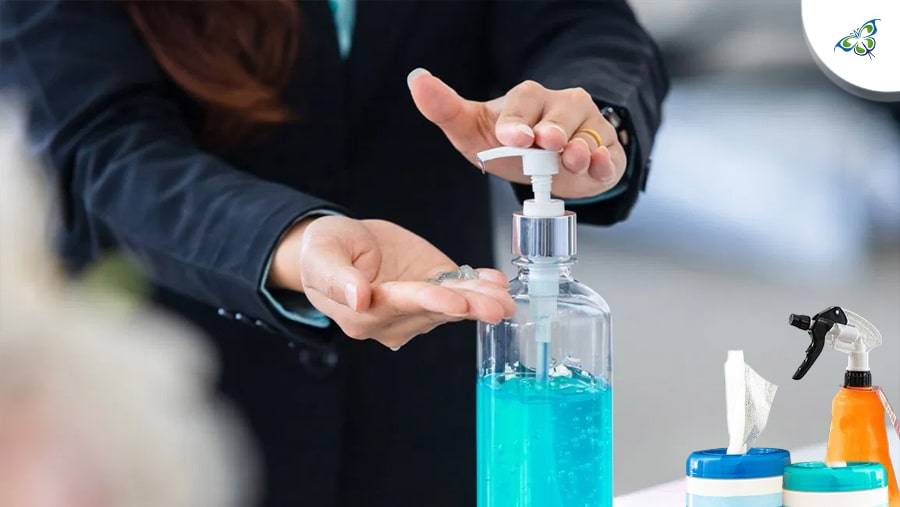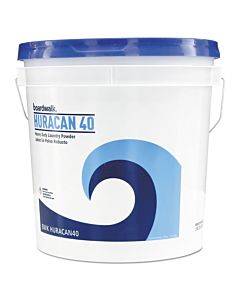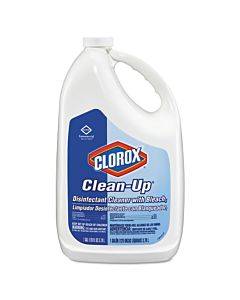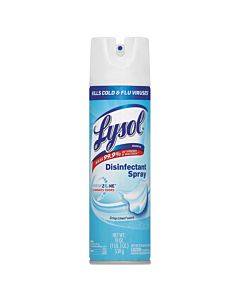A proper guide to cleaning, disinfecting, and sanitizing

In this pandemic era, it is imperative to have a strategy, rather a distinctive plan for cleaning, sanitizing, and disinfecting. Cleaning is a rather simple terminology that indicates removing the soil and the dirt. It is simply done using mild soap, detergent, and water. A simple cleaning may or may not remove the germs as you have not disinfected the surface, have you? Here lies the importance of disinfecting.
Disinfecting
The use of chemicals to kill germs and microorganisms on surfaces is the primary step to disinfecting. Spraying certain alcoholic solutions or chemicals can disinfect a surface. Therefore, disinfecting does not necessarily clean a surface, it gets rid of the microorganisms present on any surface!
Interestingly, cleaning always removes some germs, that is, it disinfects partly if not fully. The converse, on the other hand, is not necessarily true. That is to say, disinfecting does not imply cleaning!
In this context, you might be reminded of the random practice of hand sanitizing that ‘overpowered’ the world since the virus outbreak. Now you know that simply disinfecting your hands with hand sanitizer every time does not necessarily ensure that they are clean. Hence mere disinfecting is not enough! Not every time at least!
Sanitizing
In the true sense of the word, sanitizing could refer to either sanitizing or cleansing; it could refer to both as well, to be precise, sanitizing is lowering the number of germs on a surface, either using a disinfectant or simply by washing off.
The difference between a disinfectant and an antiseptic
Aren’t antiseptics and disinfectants not used interchangeably? The confusion piles up when antiseptics are treated as skin disinfectants! The broad line of difference between the two lies in the fact that disinfectants are used on non-living surfaces, whereas antiseptics are used on the human body solely.
Coming down to the composition of antiseptics and disinfectants, both the products contain chemical agents called biocides. It is only that the concentration of biocides in antiseptics is much lower than that in disinfectants. This goes without saying that all types of antiseptics disinfect the skin. The type of antiseptic used depends upon the purpose for which it is used.
The right use of disinfectants
Let's say you are spraying the disinfectant on a surface – a tabletop. In order to work well, the chemical must stay on the surface without drying for about 10 minutes! This indicates that a disinfectant should be sprayed in adequate quantity!
It’s not only the disinfectant that works, but the microfiber cloth also works wonders as well! Microfiber is indeed more effective than traditional terry cloths. Also, the same cloth should not be used for several surfaces – it’s better if you change the cloth each time.
Cleaning necessarily needs to precede disinfecting. This allows the latter to have a better impact on the surfaces! That is to say, it should always be a 2-step process – initial cleaning or wiping followed by the use of the disinfectant.
When to use the sanitizer and when disinfectant?
To put it concisely, when the area and purpose are small, a sanitizer suffices. However, when the area and usage are large disinfectants enter the show. Moreover, while a disinfectant eliminates all the microorganisms, a sanitizer works to reduce them – eliminates 99.99% of pathogens from an untreated surface!




Validate your login
Sign In
Create New Account